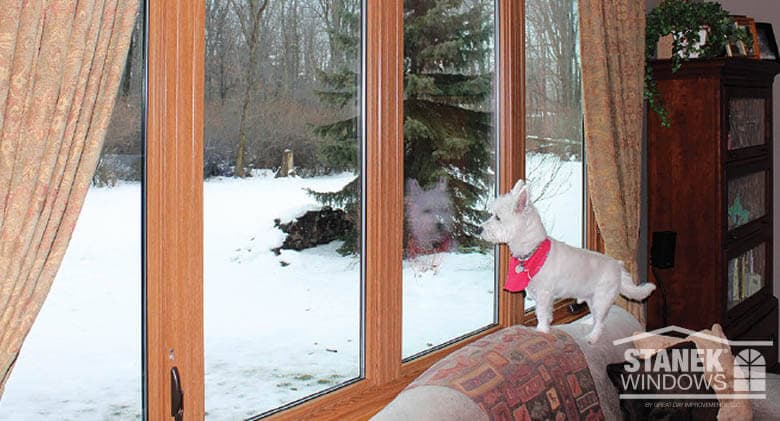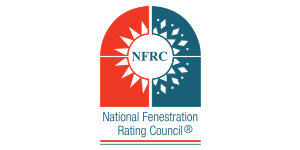
In this post you will learn...
- What you should look for in home replacement windows.
- What is the difference between U-Value and R-Value?
- Who determines the U-Value and R-Value in the window industry?
 If you’re purchasing replacement windows, you may be confused with the terms used to describe energy efficiency. The terms U-value and R-value are especially perplexing for many consumers. Understanding the differences will help when selecting energy-efficient windows and insulation for your home.
If you’re purchasing replacement windows, you may be confused with the terms used to describe energy efficiency. The terms U-value and R-value are especially perplexing for many consumers. Understanding the differences will help when selecting energy-efficient windows and insulation for your home.
Both U-value and R-value measure energy efficiency. Here are the differences in a nutshell:
- U-value (also known as U-factor) is a measure of heat transfer (heat gain or loss through glass), while R-value is a measure of heat resistance. U-value is not a material rating; it is a calculation of the conduction properties of various materials used in the construction of windows, doors and skylights.
- R-value measures the performance of a specific material, such as insulation, based on the material’s ability to reduce the transfer of heat.
| Property |
U-Value |
R-Value |
| Indicator of energy efficiency |
Yes |
Yes |
| Measures insulating ability |
Yes |
Yes |
| Based on a specific material property value |
No |
Yes |
| Based on various components and calculations |
Yes |
No |
| Indicator of heat transfer |
Yes |
No |
| Indicator of heat resistance |
No |
Yes |
| Measures airflow |
Yes |
No |
| Measures radiated or reflected heat |
Yes |
No |
| Lower number is better |
Yes |
No |
| Higher number is better |
No |
Yes |
| Included in NFRC Labeling |
Yes |
No |
U-value is a scientific calculation that measures the rate at which heat flows through 1 square foot of material; it measures how well a product keeps heat from escaping a building or home. The lower the U-factor of a window, the better it is at reducing heat transfer; that is, less heat will be lost. The U-factor refers to the energy efficiency of the entire window assembly, less, it is considered to be energy efficient. U-factor performance is especially important in how it impacts energy efficiency during the winter heating season in colder climates.
R-value, on the other hand, is a material property value: It measures a material’s resistance to heat flow, which is important in the rating of insulation used in your attic, for example. It measures the rate at which heat is transferred or lost and is based on conduction and resistance. A high R-value indicates better insulation and resistance to heat transference.
How does R-value come into play in rating the energy efficiency of windows?
R-value (also known as R-factor) is relevant in terms of insulation used around the window during installation; this includes the use of caulking and insulation around the window where it meets the walls of the building. The higher the R-value of any material, the greater the insulating value. It’s important to understand that when it comes to windows, U-value takes more than conduction of heat into consideration: It also considers airflow or convection around the window and the amount of radiated or reflected heat off the glass.
What is the NFRC and How does it Affect Window Ratings?
 The NFRC, or National Fenestration Rating Council, provides accurate information to measure and compare the energy performance of windows, doors and skylights. It is a non-profit, public service organization that administers independent and uniform ratings and labeling of building components. The NRFC includes U-value but not R-value certification in its labeling.
The NFRC, or National Fenestration Rating Council, provides accurate information to measure and compare the energy performance of windows, doors and skylights. It is a non-profit, public service organization that administers independent and uniform ratings and labeling of building components. The NRFC includes U-value but not R-value certification in its labeling.
View Stanek Windows’ NFRC label and then schedule your FREE in-home estimate today!
 You May Also Be Interested In:
You May Also Be Interested In: